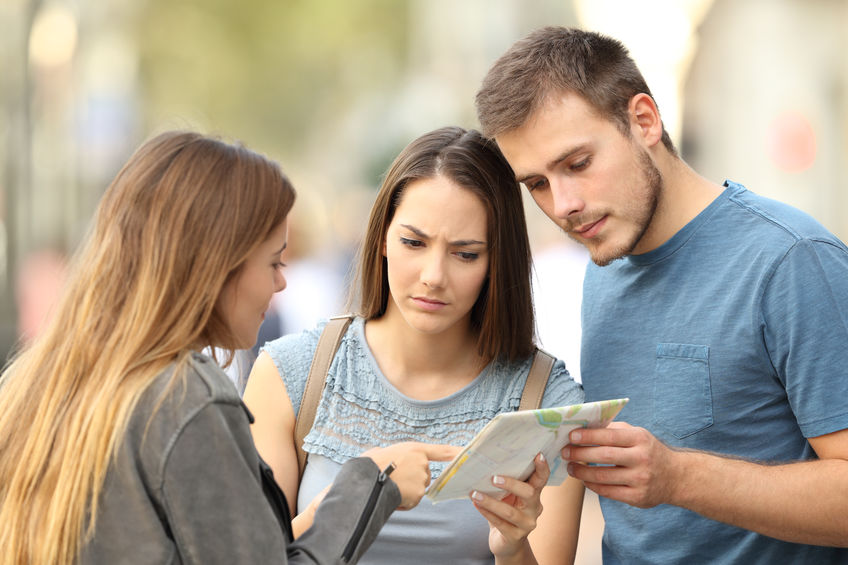When to Say "Excuse Me"

Saying “excuse me” moves people back into social equilibrium. These two words can smooth over a mistake, get someone’s attention, or provide an exit, among other tasks.
It’s also a terrific phrase to remember when you’ve been surprised by a situation and find yourself stumped on what to say. Or when you may have done something out of turn, unsure who had the right of way. “Excuse me, I think I stepped in front of you. Please, go ahead.”
Here are specific situations in which "Excuse me" can help you:
To Another Person
- Provide a pre-apology for an accidental incident.
"Excuse me, I just stepped on your coat." (Pairs readily with "I'm sorry.") - To interrupt a conversation to ask for assistance or give instructions.
"Excuse me, could you tell me where I might find . . ." - Serve to prevent a possible misunderstanding.
"Excuse me, but did I understand you to say . . .?" - When you’ve been interrupted and you need to resume your place in the conversation.
“Excuse me, as I was saying….” - Ask for something to be repeated that should not have to be.
"Excuse me, may I ask your name again?" - When you have to make an exit and feel comfortable that you won’t be leaving anyone high and dry.
“Excuse me; I need to speak to Mrs. Johnson who just came into the room. I’ll catch up with you later on.” - Admit a faux pas (and hopefully end an awkward moment). You forgot to self-edit and said something at the dinner table that bordered on too political.
"Excuse me. I should know better conversation starters!"
“Excuse me, please forget that I said that."
In a Crowd or With a Group
These days, in COVID-19 recovery mode, we may not find ourselves in a crowd anytime soon. But when we do:
- Get attention and bring an audience together.
"Excuse me, we are about to begin . . . Can everyone please be seated?" - Avoid a collision in a crowded or public place by notifying another that you're close and he may bump into you.
“Excuse me, I'm right behind you."
(Interesting that, in traffic, when a horn honk is mean to help, it generally has two light beeps, as if to say, "Excuse me, but you may not have noticed the light has changed.") - Bridge situations that have no natural bridge. For instance, after a conference you are standing around a tall table with others and the conversation has wandered far from the speaker's just-heard talk.
"Excuse me, what was being said about [reference back to the speaker or presentation]?" - Make an interruption acceptable. You're in the middle of a conversation, event, or at the dinner table and it's necessary to disrupt with a question or comment.
“Excuse me, I’d like to make a point here.”
“Excuse me, but I’d like to ask . . .” - When you are dining and need to leave the table. The table is considered a “closed group,” and when you exit, you are interrupting the occasion.
"Excuse me." You may elaborate on your reason for leaving – or not.
“Excuse me, I shall be right back.” - When something in a conversation or activity needs to cease.
“Excuse me; there are children in the room.”
Mind Your “Excuse Me” Tone
BEWARE: "Excuse me" can be used to express sarcasm or can be confrontational! You may unknowingly use it this way if you feel defensive or surprised.
Excusing yourself is the proper and polite way to ease through the situations listed above (and many more). Remember to practice "excuse me" as the courtesy that it is.














